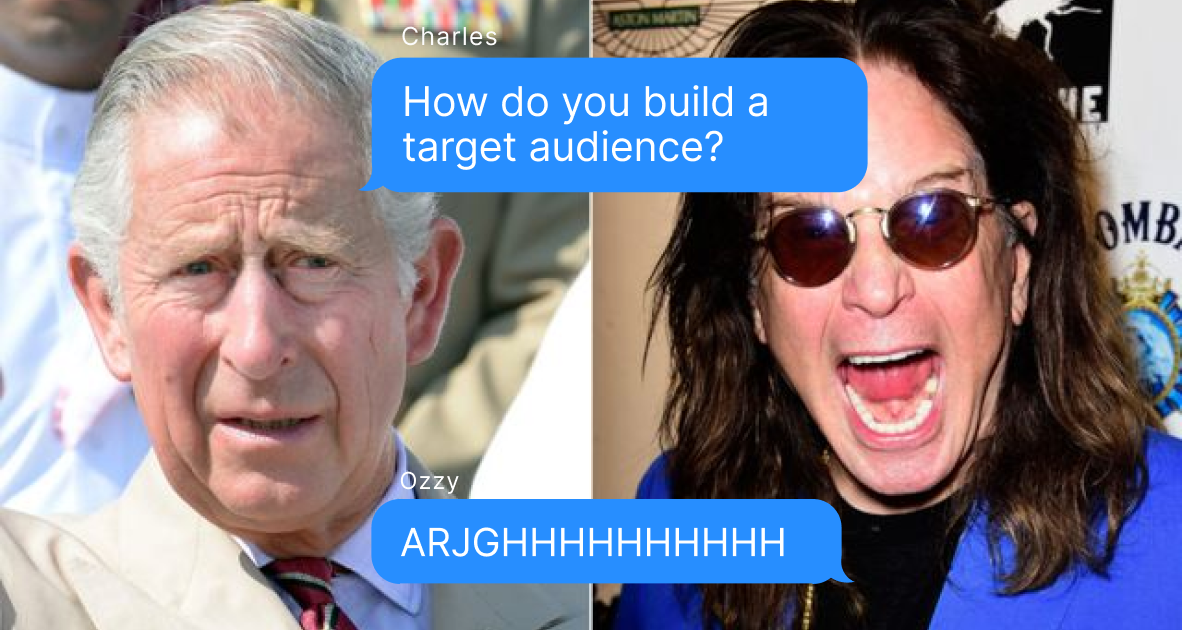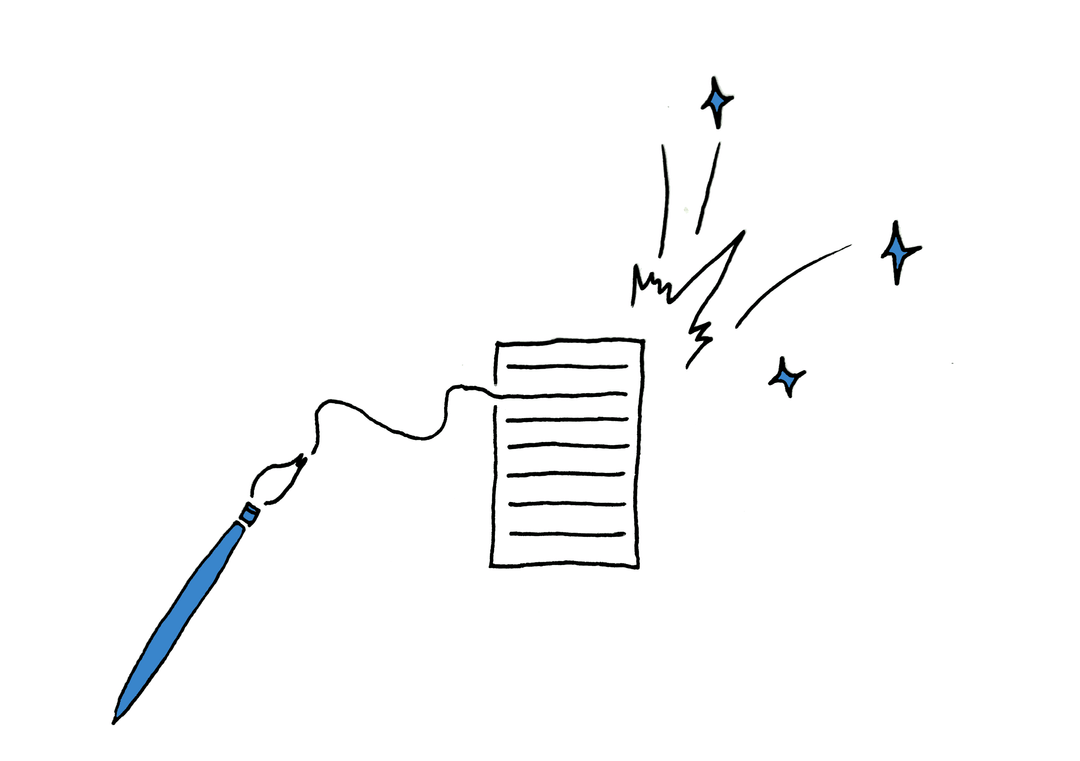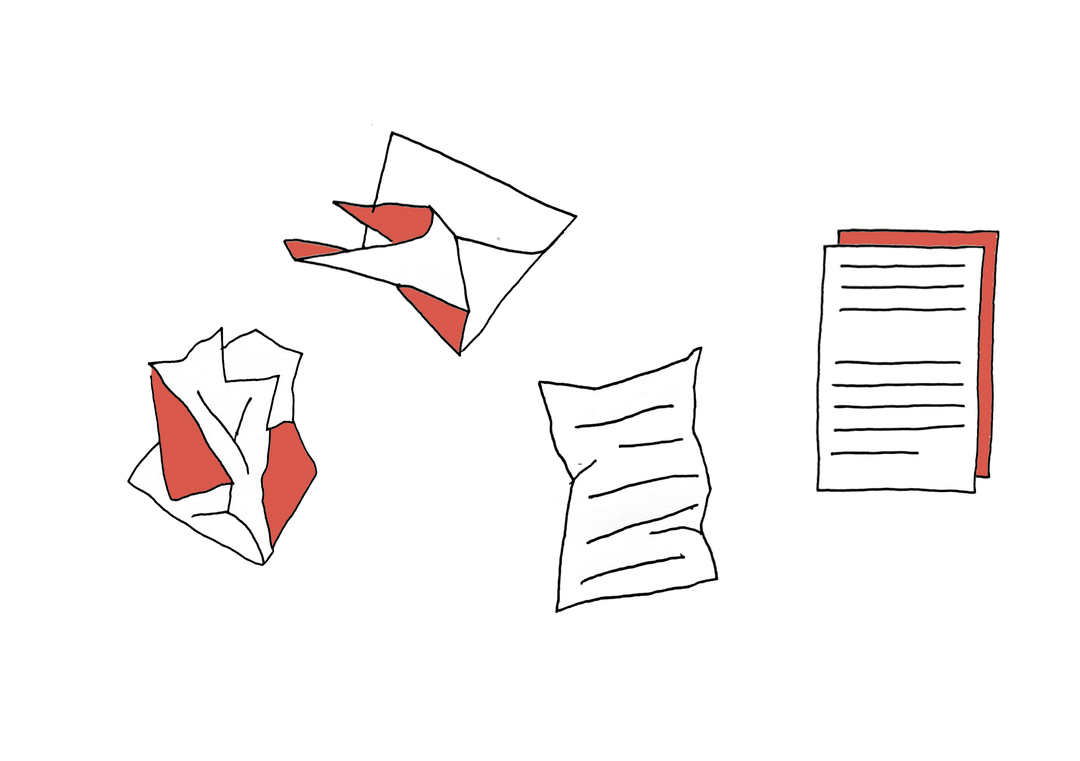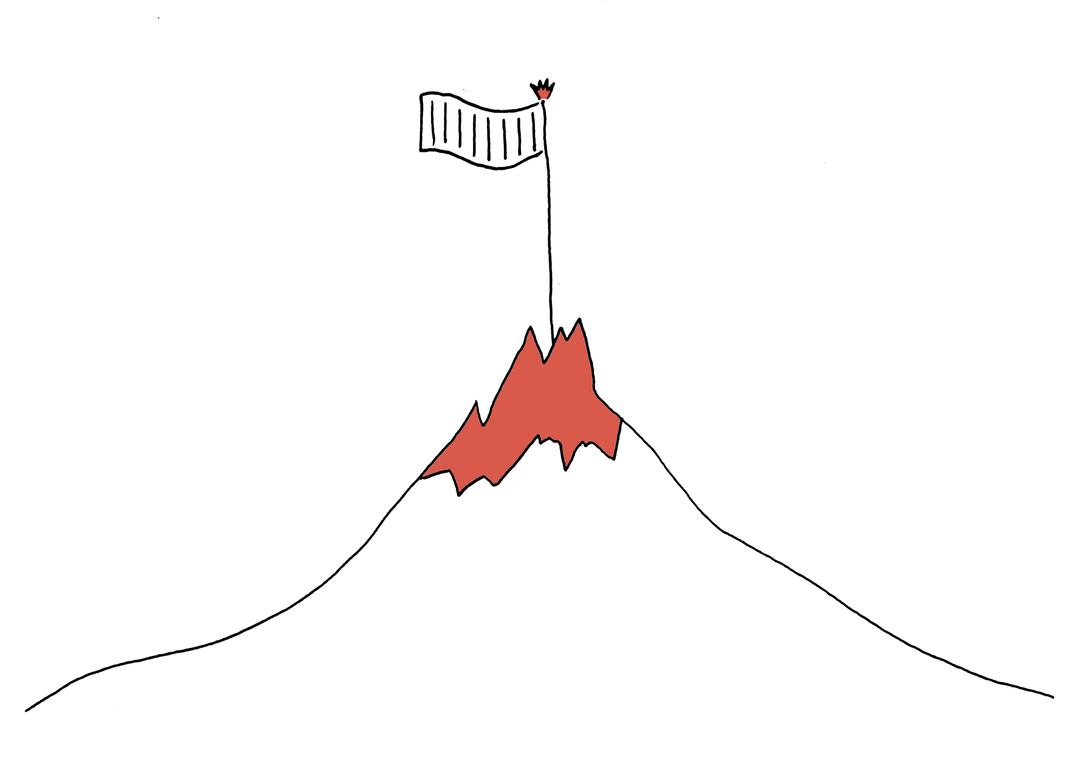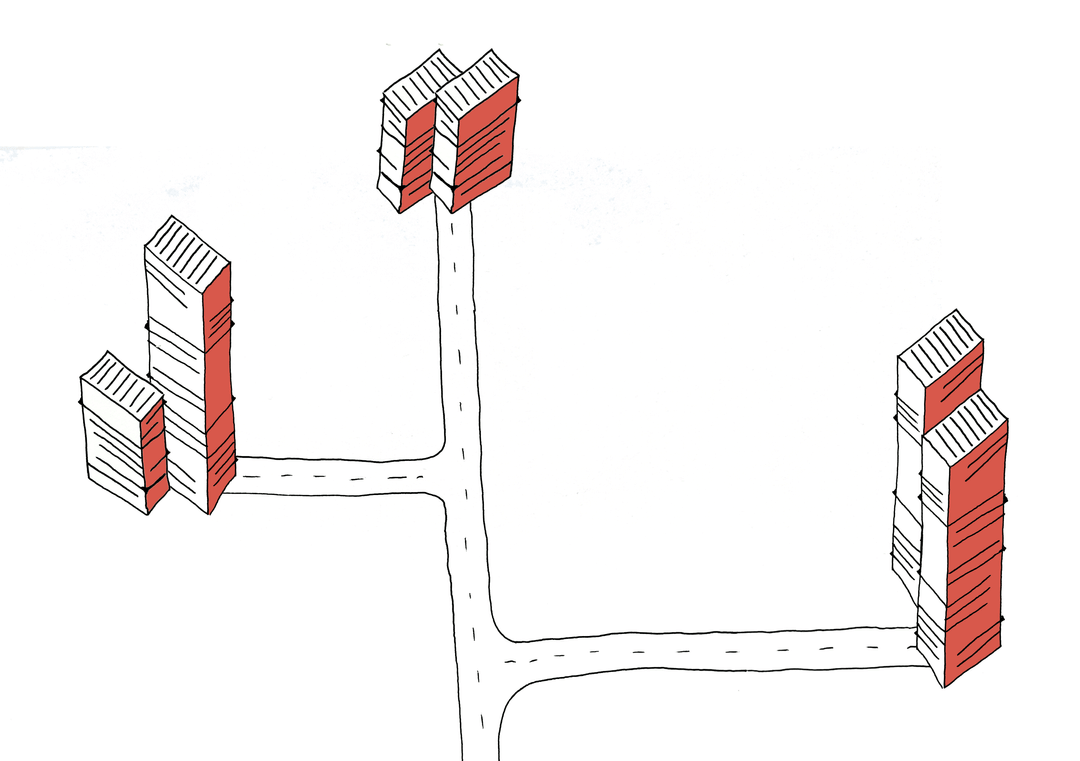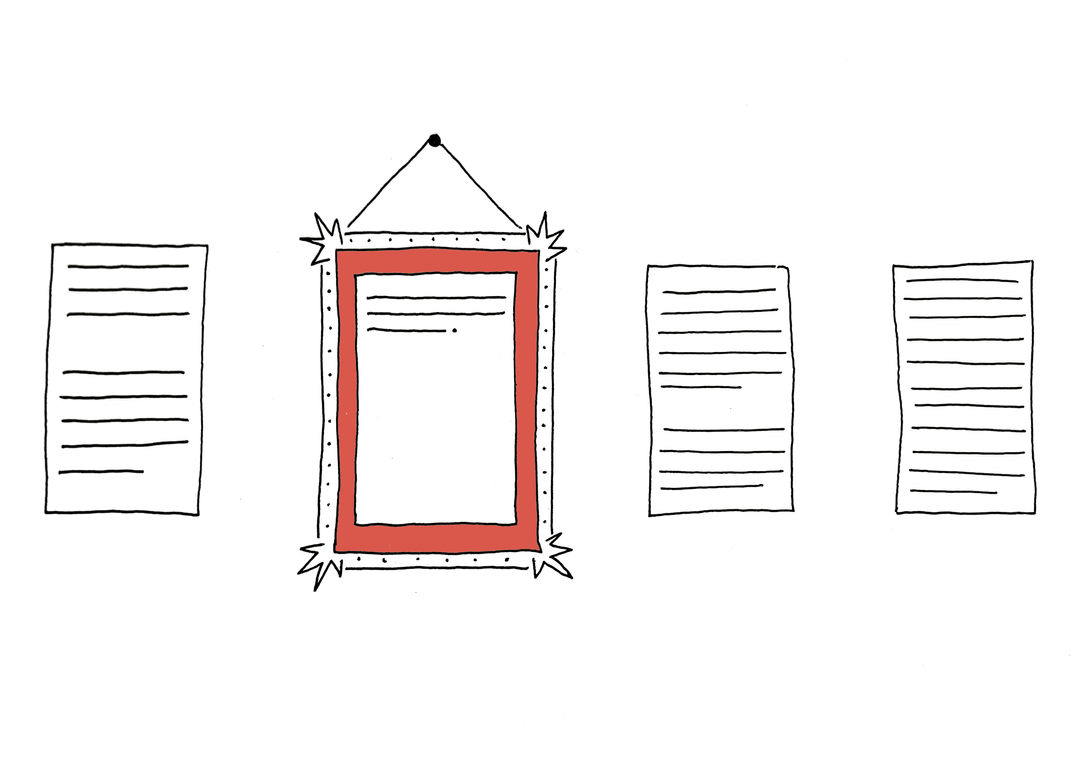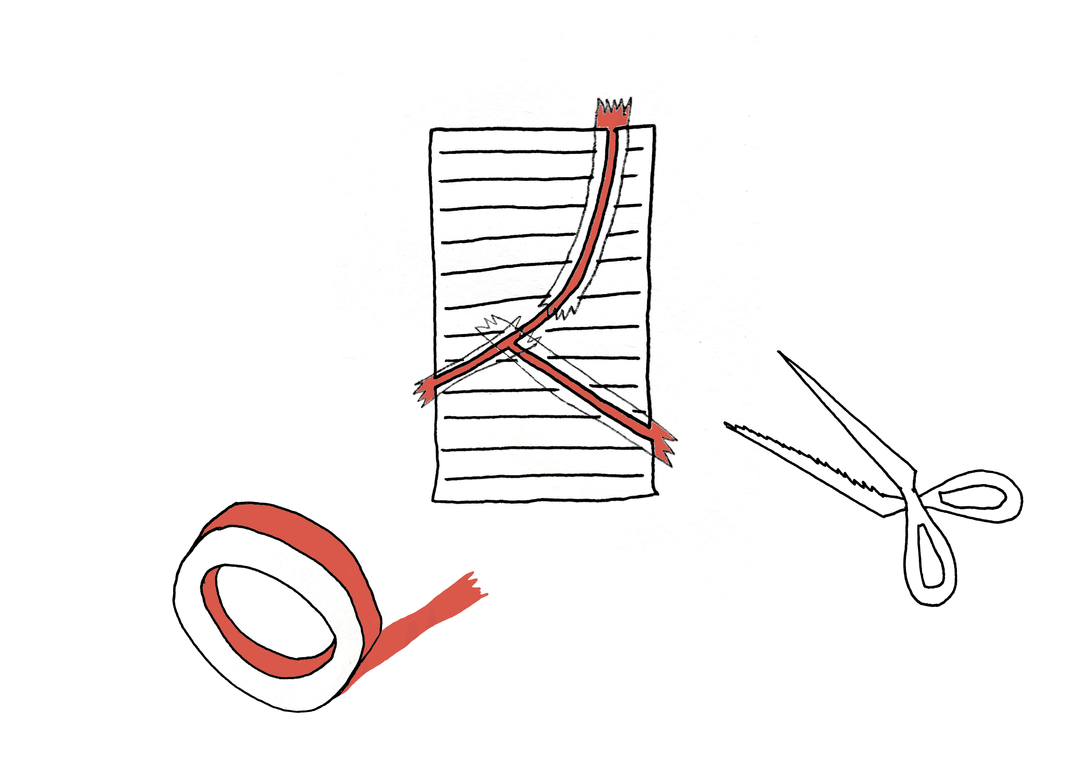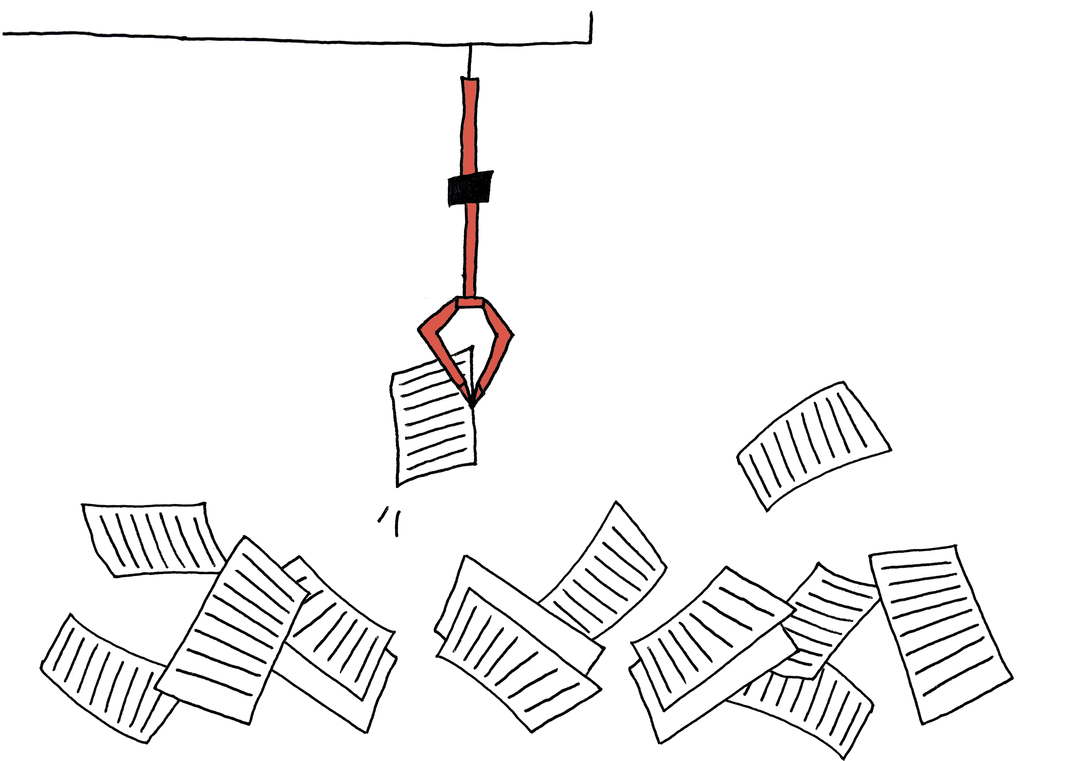A well-defined target audience is critical to the success of your next marketing campaign. If your objectives define what you want to achieve with your campaign, your target audience defines who you need to communicate to in order to achieve it.
The following guide lays out what a target audience is, how to find them and how to describe them.
Or if you didn't want to go through this process, you could let Briefly handle your target audience description. Drawing on all the data you can provide, Briefly can build rich audiences, perfect for inspiring your agency and making your strategy crystal clear.
What is a target audience?
A target audience is the group of people who you want to reach with your marketing message. Typically, they are the people who are most likely to buy from you.
A good target audience should be:
Meaningful
What makes this group different from the general population? What do they have in common?
Sufficient
Are they a big enough group to deliver the business objective?
Valid
What right do we have to win with them? Have you articulated a clear need or want for the target group?
Why do you need a target audience?
Some big brands don't have target audiences - this is sometimes called mass marketing. But for most brands, most of the time, they'll have a target audience. This is because:
- Mass marketing (or not having a target audience) is expensive and few companies can afford to market to everyone
- Value is asymmetrical - 60-80% of your sales will come from just 20% of your customers (sometimes referred to as the Pareto principle)
- Positioning your brand to everyone is difficult and often ends up being bland and generic (and ineffective!)
So, assuming you want to target a specific set of customers, you now need to find them...
How to find your target audience
Market segmentation
The best way to find your target audience is create a map of your market - this is called a market segmentation. There are lots of different ways you can segment your market. You can do so based on:
Demographics
Observable attributes like gender, age, income, occupation, etc.
Example: Women in an established relationship, low to moderate household income
Psychographics
The way they live their lives - the values, beliefs or views they hold.
Example: Wanting a little more spice in her relationship
Product usage
Where, when, and how often they buy, which brand they choose, and why they choose them.
Example: Buy body wash for themselves that's also used by their partner
Buyer segments
What sort of buyers of the category they are - light, medium, heavy, infrequent, occasional, loyal.
Example: Regular users of body wash; non buyers of Old Spice
If you don't yet have a market segmentation, read our article on how to create one. If you already have your segmentation, now is when you get to choose who you're going to target.
Choosing your target segment
There are several things to consider when deciding which segment(s) to target:
How big is this segment?
If all of them bought from you, how much would that be worth? Is it enough to meet your business objective?How much would it cost to market to this segment?
Some audiences are naturally harder or more expensive to reach (e.g. Fortune 500 CEOs or Himalayan monks). Consider whether the reward of winning their business is worth the cost of reaching them.Is this segment growing?
Unsurprisingly, targeting a growing segment is often a better bet than targeting a shrinking one (e.g. Imagine it's 2007 and you can target iPhone users or Blackberry users, which would you choose...?)What's your current market share of this segment?
If 90% of the segment are already customers, capturing that last 10% will be a real challenge. Unless you're trying to defend that 90%, you may be better off targeting a segment with more headroom.How competitive is this segment?
Some segments will be fiercely contested, likely leading to higher targeting costs. Others might be overlooked and easier to gain a foothold in.What right do we have to win with this segment?
If you have a 0% share of the segment, it might be because they simply have no need for your product. Targeting them would likely be a waste of time.Does one segment unlock others?
Some segments are more strategically interesting than others (e.g. Tinder, in the early days, targeted fraternity and sorority houses at American colleges to capture 'the cool end of the market', knowing that the rest of campus would soon follow.)
Once you have decided which segment(s) to target, now it's time to describe them for your agency.
How to describe your target audience

Your job now is to accurately and briefly summarise your audience. We've built a formula as a guide for you to experiment with:
Give them a snappy name
Give your audience a memorable name. You could pick a typical marketing-sounding name, like Digital Innovators and Home Nesters, or you could go rogue.
Example: Big Mac Attackers for McDonald's or Mandroids for Apple.
Provide demographic detail
You can and should have some demographics. But keep it simple and straight to the point. Basics like age, gender, location, household income, household composition - but only when they're relevant!
And remember that demographics alone don't provide the whole picture.
For example, see if you can name someone who:
- Was born in 1948
- Grew up in England
- Has been married twice
- Has 2 children
- Spends winter holidays in the Alps
- Lives in a castle
- Is obscenely wealthy
Did you say King Charles?
Congrats! That's right!
But you'd be just as correct if you also said bat-eating rockstar Ozzy Osbourne.
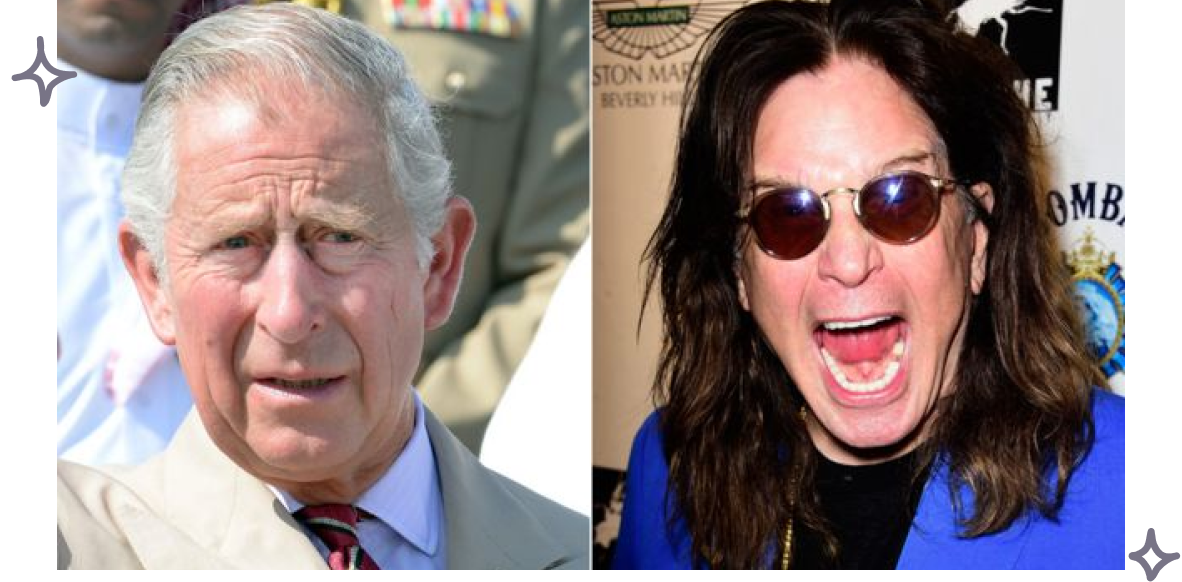
Provide behavioural insight
Think about the things you'd have to do to be a part of this audience group. These are the behaviours or quirks that define them.
How do people approach purchases in your category? Do they research online? How and where do they buy it? If they don't already buy from you, what do they do instead? How do they use your product, or your competitors' products? You can think outside of the category too - what do they do on a Monday evening?
Consider their attitudes
A simple summary of how people think and shop in your category.
What do people think about your category? Is it an essential, or a treat? What do they think about your brand in particular? If they do, how do they talk about your product? What are the most important factors when it comes to picking between brands in your category?
Define their problems or goals
Round off your audience with the problem they want to solve or the goal they want to achieve by buying a product in your category (this is sometimes called a Job to be done).
What kind of mindset are people likely to be in when they buy from you? What problem in their lives does your product solve for them? Whose opinions do they trust in this category?
Examples of target audience definitions
For example, imagine you were trying to sell tennis rackets and other tennis goods, and knew that amateur players were your primary audience. You might create an audience description that goes something like...
Tennis Part-Timers. 25-44 year-olds who used to play tennis when they were younger. Typically living in Greater London - or at least close enough that every year they say to their friends, "We should really go to Wimbledon this year!"
They buy tennis rackets based on the brands they see their favourite players using. Trouble is, they don't know much about tennis and haven't followed it properly since Federer retired. So their favourite player changes every Grand Slam.
Being marginally better at tennis than their friends is important to them. It's a sport that, if you're half-decent, can look elegant and almost effortless. When they buy in the category, they care the most about toeing the line between looking like a pro and looking like a try-hard.
What does that look like in the real world?
Pepsico's target audience
Pepsico have a tonne of products, each with a different target audience. For Gatorade, that target audience might be:
Young adults, aged 13-24, who are keen to improve their athletic performance.
Nike's target audience
Nike, again, have multiple product lines and will target multiple consumer segments. One of these might be:
Regular gym goers who care about how they look when working out and how they look on their way home from the gym. They post regularly on Instagram, and often buy products they like directly through the app.
Starbucks' target audience
Starbucks' marketing is mostly focused on a global audience (sophisticated mass marketing). However, they still prioritise several key segments. One of which might be:
Middle to high income office employees who are looking to purchase higher quality products. They spend most of their day at their desk and value convenience and quality when stepping out the office.
Finding and describing your target audience can be a time-consuming and challenging task. But getting it right is a key step to effective marketing and, in turn, great briefs. Now you've got your target audience, what do you want to say to them?
Of course, if you want to make writing a great brief easy, you can always try Briefly 🌱



